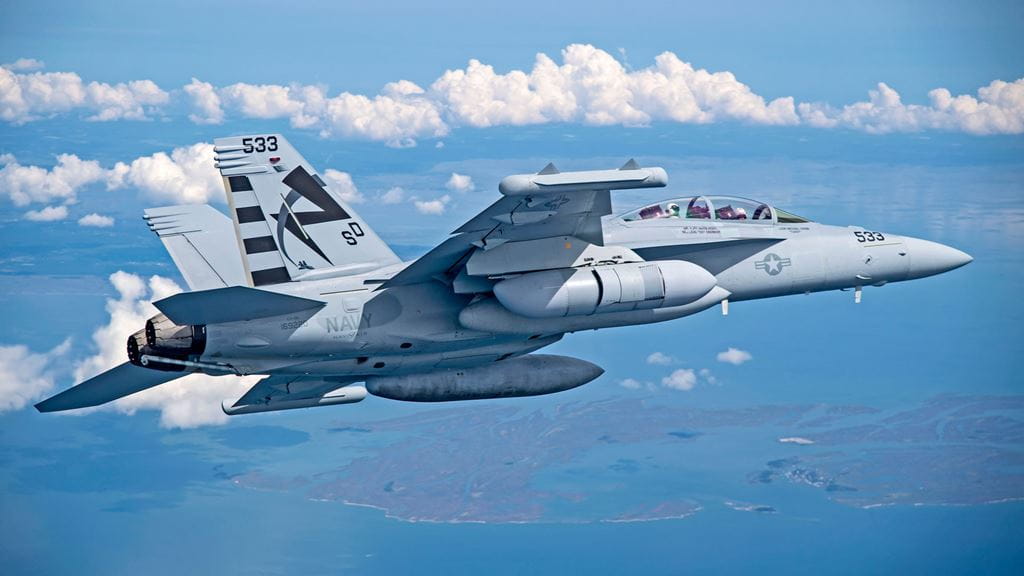The US Navy has made a significant investment in electronic warfare capabilities with the awarding of a $590-million contract to Raytheon for continued development of the Next Generation Jammer Mid-Band (NGJ-MB) system. This contract represents a follow-on production effort aimed at enhancing the effectiveness of the EA-18G Growler aircraft, which serves both the US Navy and the Royal Australian Air Force (RAAF).
Under this contract, Raytheon is tasked with providing shipsets, support equipment, spare parts, and non-recurring engineering support. The work will be conducted across multiple states, including Texas, Mississippi, California, and Indiana, and is expected to continue through 2028.
Barbara Borgonovi, the president of Naval Power at Raytheon, emphasized the importance of the NGJ-MB, describing it as a “revolutionary offensive electronic attack system” that equips Navy personnel with critical combat capabilities. She highlighted the company’s collaboration with the US Navy to expedite the deployment of this advanced electronic warfare solution.
This contract follows a previous agreement from October, where Raytheon secured a $192-million contract to develop an upgraded version of the NGJ-MB known as the NGJ-MB Expansion or NGJ-MBX, further solidifying the company’s role in enhancing the Navy’s electronic warfare programs.
The development of the NGJ-MB system reflects a strategic shift in electronic warfare, as it aims to replace the aging analog ALQ-99 jammer currently used in the Growler. The system was approved for production in 2021, following successful flight tests and milestone achievements.
Key features of the NGJ-MB include an open systems architecture, active electronically scanned arrays, and an all-digital back end. These advanced technologies allow the Growler aircraft to effectively engage with modern threats, including sophisticated radar and non-traditional radio frequency challenges, while supporting communications and data links.
The enhanced capabilities of the NGJ-MB are notable for enabling operations at extended ranges, the ability to simultaneously engage multiple targets, and the application of advanced jamming techniques, significantly bolstering the electronic warfare capabilities of the US Navy and its allies.





